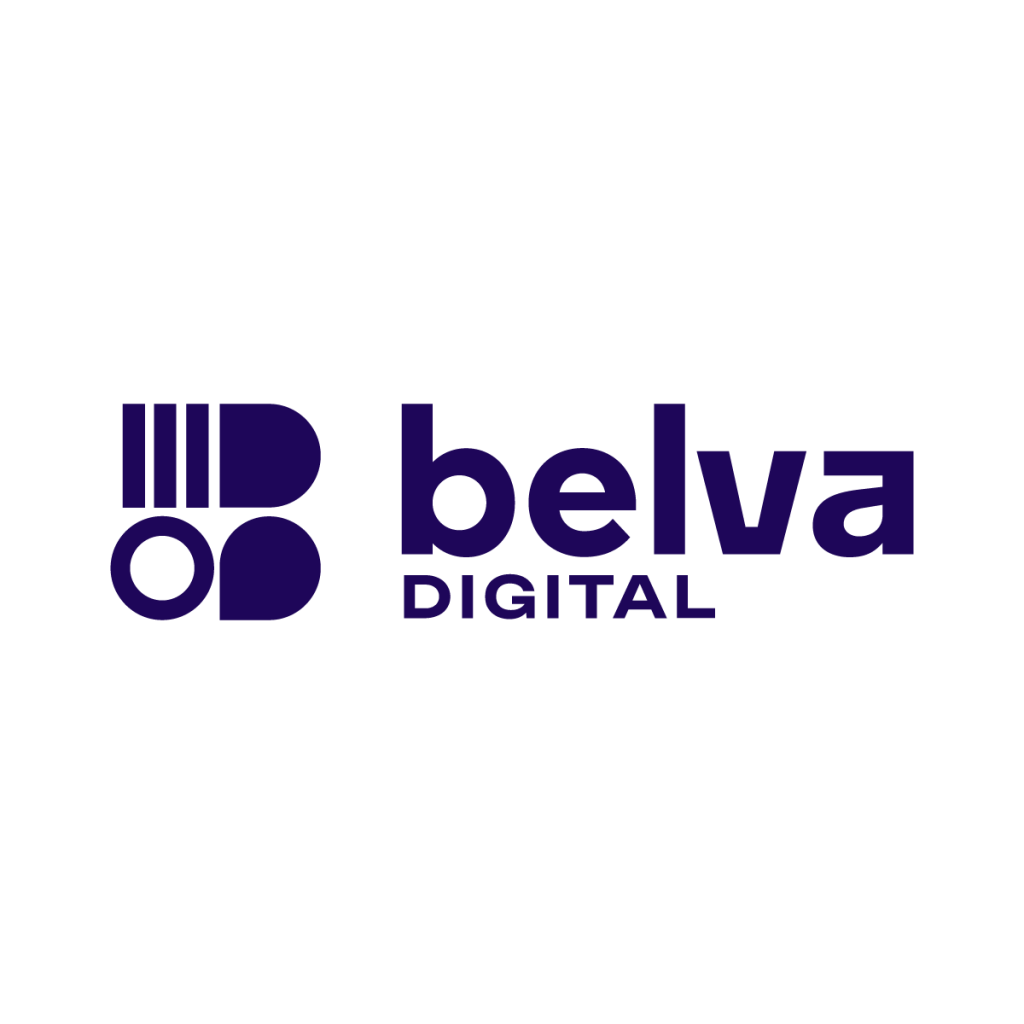The global rise of social media as a force to reckon with continues, and banks have not been left behind. Social media has given banks in Kenya and around the world another avenue to offer customer service, push their agendas and demonstrate corporate responsibility at little cost. All the same, a recent report by the Centre for Research on Financial Markets & Policy, Kenya Bankers Association (KBA) revealed that most Kenyan banks have avoided social media or rather, do not engage customers on the platforms. Indeed after a search you will find pages up but with customers complaining and no one replying to their queries. At the time of the release of the report, only 19 out of 43 banks engaged with customers.
There are banks in Kenya that have stood out on social media in delivering their services to current and potential customers. We will point out a few that have been on the front line.
Chase Bank Kenya
Posts on the Chase Bank Kenya Facebook Page are accompanied with creative pictures. Their campaigns are coordinated and someone is answering questions round the clock on both Facebook and Twitter. And it’s not a Monday to Friday thing. They keep this up into the weekend. They even have monthly hashtags on Twitter where tweeps are engaged in debate on various issues; #ChaseStories and #ChaseDebate. This is backed up by the bank blog that puts a human face to the business. The bank joined Instagram recently, joining other corporates embracing Instagram in Kenya. It also runs competitions every so often for its loyal fans and customers online, the latest being #ChaseYourDreams where one wins Ksh. 10,000 to ‘chase their dreams’.
KCB Bank Group
If you are familiar with this bank’s page you are definitely familiar with KCB Rallies. Proclaiming its position as East Africa’s largest bank, KCB Bank Group Facebook Page is filled with pictures of M-Benki and any other product they may be pushing at that particular time. Over on Twitter, their customer service is exemplary with 33.7K followers at the time of writing this. On frequency of posting, the page nails it with no specific amount of posts that can go up on any day, especially if there’s an event on the said day. The page put up a social media disclaimer recently outlining how the bank interacts with customers on social. KCB staff are also quick to answer queries on Twitter, calling people up on relevant issues raised on the platform. It also recently joined Instagram.
Equity Bank
You know how popular Equity is on the ground, turns out the same is replicated online. With a follower base or 238,000, The Equity Bank Kenya Facebook Page does pretty much what the rest do. This World Cup season though, it has differentiated itself by integrating financial tips in football talk. There are prizes up for grabs when one registers the virtual League of Champions on its site. On Twitter, Equity Bank is pretty clear on what it is there for, “We’re here to provide customer support, share news & updates.” its bio reads.
Barclays Bank Kenya
Barclays Bank Facebook Page has an active page with about 5 posts per day pushing different ideas. At the moment, it is running a competition where the first person who gets all the answers correct on its #BankAnywhere campaign wins a new phone at the end of the week. It accompanies the posts with pictures that ooze with that Barclays blue and font. There’s also the umbrella Barclays Africa page which has been quite fervent in pushing the word out on Facebook. On Twitter, Barclays has two accounts which it says are both legitimate. The active Twitter account responds to queries commendably and has a bio that urges all not to disclose personal banking information for security reasons.
Quick Dos and Don’ts
1. Respond in a timely way to both negative and positive feedback where necessary on the bank’s social media accounts.
2. If a customer query requires the disclosure of confidential information, urge them to take it to inbox or DM as necessary.
3. Ensure the bank accounts are running in a coordinated and accountable way to avoid situations where individuals go on quests to quench personal vendettas on your corporate account.
4. Make your mission on social media clear on the account’s bio and description. KCB’s disclaimer is an example of setting the record straight.
5. Don’t leave your established social media accounts inactive. That breeds ground for bad comments filling the timeline in the case of Facebook which paints a bad picture for the bank.
Overview
It is necessary to mention some other Kenyan banks that have taken to social media to engage with customers. Some just resuscitated their efforts on Facebook and Twitter in these recent months. To name a few: Family Bank, NIC Bank, ABC Bank, Co-op Bank Kenya, National Bank, Imperial Bank Group and The Gulf African Bank. There are a lot of sponsored updates and adverts from banks on our News Feeds too in recent days. You have probably seen the newcomer GTBank’s adverts as you swiped down your feed on your phone or browser. Most banks are also leveraging competitions to get the word out.
For those out there that started a page and left it open with no activity, imagine all those dissatisfied clients who search for your bank on Facebook then let out the bad feedback they have on your service on the ground on the page. Then imagine a potential customer who searches you on Facebook then finds the page, only to find negative comments dotting your timeline. What do you think they will do? I thought so too. So you’d rather get back on and attend to them or shut down the page until you get a strategy to engage with customers online. It saves both you and your customer the negative publicity and the walk to the bank respectively. And who knows how many social media users you will convert into your advocates after that. Win-win situation.









